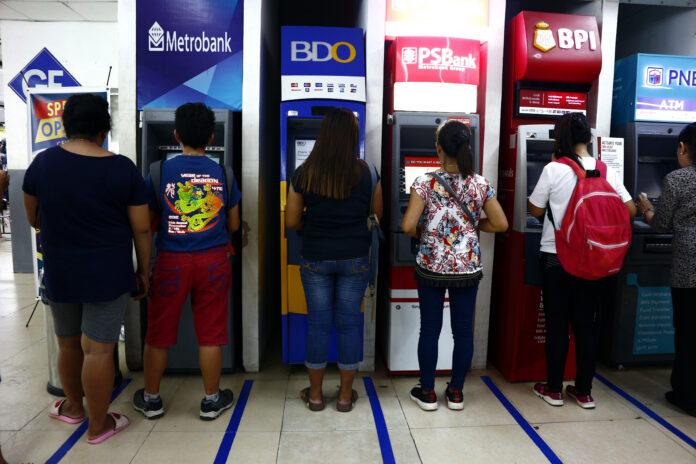The Bangko Sentral ng Pilipinas (BSP) reported mixed signals in credit conditions for the first quarter of 2025, with implications for the country’s economic outlook and monetary policy stance. According to the latest Senior Bank Loan Officers’ Survey (SLOS), most banks maintained their credit standards for both businesses and households, based on the modal approach, even as the diffusion index (DI) method indicated net tightening, signaling heightened caution among lenders.
For business loans, 81.8 percent of banks reported unchanged credit standards (modal), slightly down from 83.3 percent in 4Q 2024. However, the DI approach revealed a net tightening, driven by a deterioration in borrower profiles and lower profitability of bank portfolios. Similarly, household loans saw a drop in the share of banks maintaining standards (86.8m percent vs. 89.5 percent in Q4), with DI showing net tightening due to reduced risk tolerance and concerns over consumer creditworthiness.
Looking ahead to 2Q 2025, a large majority of banks expect credit standards to remain steady, but DI results suggest continued tightening for households, reflecting persistent profitability and risk concerns.
Despite tighter standards, loan demand showed resilience. About 67.3 percent of banks observed steady demand for business loans, down from 74.1 percent in 4Q, while the DI indicated net growth in demand, driven by higher inventory financing needs and improved business sentiment. This aligns with BSP’s Business Expectations Survey showing an optimistic economic outlook for 2Q, partly fueled by seasonal activity and pre-election spending.
For households, 71.8 percent of banks noted unchanged loan demand (modal), but DI reflected a net increase, buoyed by more attractive loan terms and higher consumer spending, consistent with stronger consumer confidence reported in BSP’s Consumer Expectations Survey.
The survey suggests that while banks remain cautious—tightening standards in response to profitability and borrower risk—they are not signaling a credit crunch. The steady to growing loan demand points to underlying confidence in the economy. For monetary authorities, these trends offer important signals on financial intermediation, risk management behaviors, and credit transmission channels, all of which are critical for calibrating future policy decisions.







